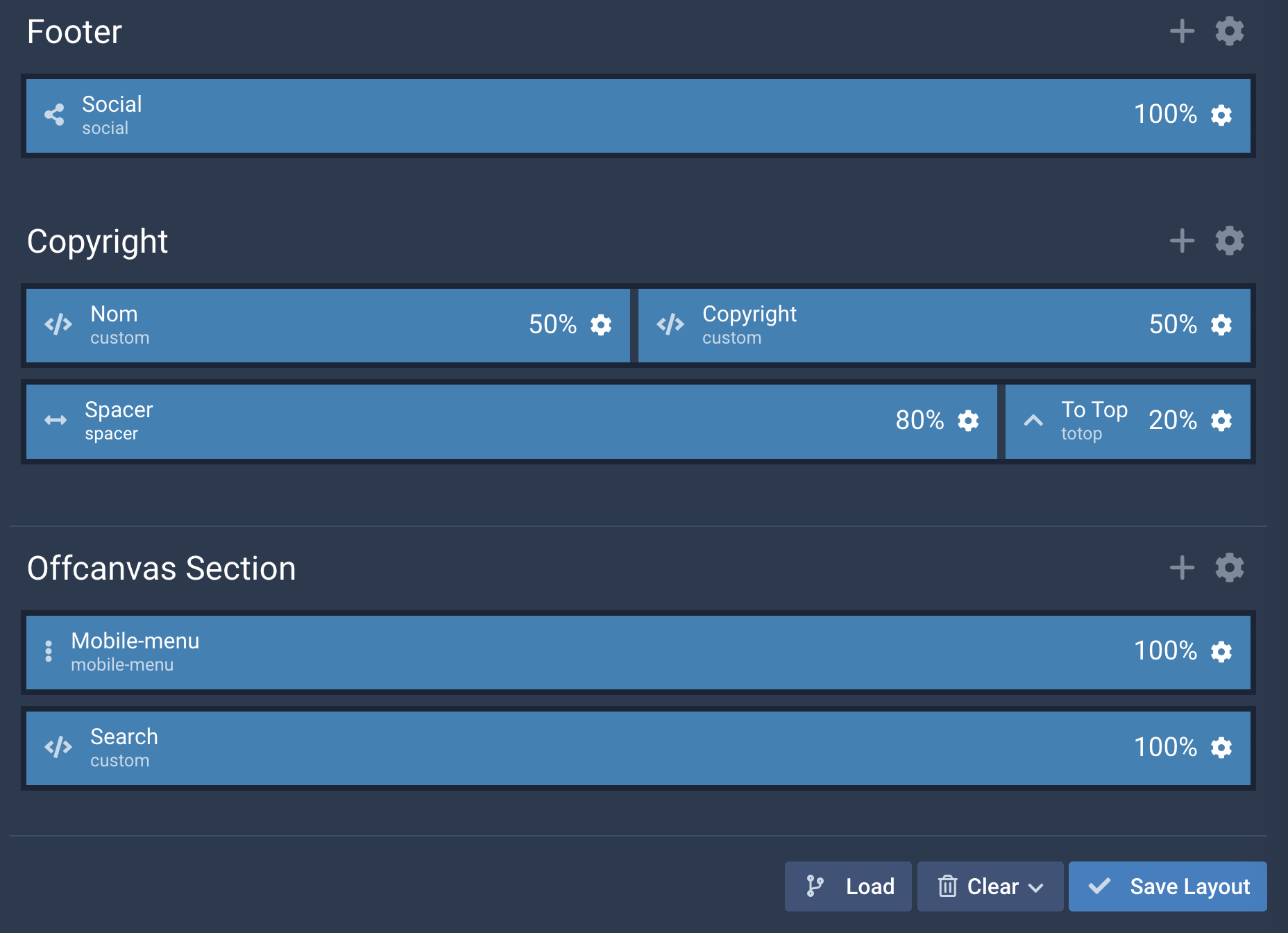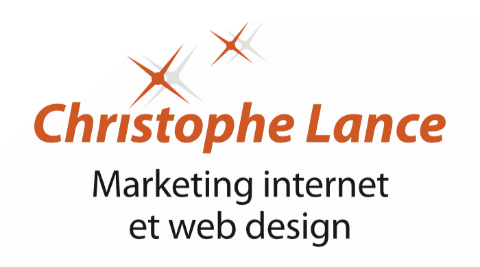Gantry 5 is an open-source, cross-platform framework originally developed by Rocket Theme, an experienced Joomla! developer since the early days of this CMS (Content Management System), and used by various template/theme developers such as Inspire Theme and others. Tiger12 has officially taken over development of the framework with renewed ambitions. It can be installed on CMS like Joomla, Wordpress or Grav (a CMS using a text file database) in order to ease the development of templates (or themes in Wordpress/Grav terminology). It is highly rated in both the Joomla extensions directory and the Wordpress plugins directory.
The pros of Gantry-based templates:
- A user-friendly Ajax interface for creating different layout styles called outlines that can be assigned to different content pages and even error pages.
- On-the-fly compilation of SCSS code during the development, minification of CSS code in production and automatic versioning.
- The Twig template language, inspired by the syntax of Python template engines and popularized by Symfony and Drupal, is used in the frontend and backend interface of the template and particles (Gantry widgets). It has the advantage of being more concise and less error-prone than PHP.
- Compared to other template frameworks, a significant advantage of using Twig is that there are fewer PHP files to override to display HTML, which simplifies maintenance when updating the CMS.
- Saving settings without a database as YAML files (less verbose than XML), which makes it easier to open the hood to change the default settings. For example, it is very easy to change the template layout grid or particle texts, if you know how to change the settings in the YAML file.
- A debug screen (Whoops) useful when writing SCSS, Twig or PHP code.
- Unlimited undo capabilities within a layout.
- Creating new particles or reusing existing ones is very easy, as the adminstration form is configured in a YAML file.
- On Grav, where everything is written in files, the advanced user has full command-line access to CMS and template settings. On Wordpress and Joomla, the ability to work directly on theme/template files and synchronize them with git, rsync, or SFTP is one of the main attractions of this framework.
- On WordPress, it integrates seamlessly with Advanced Custom Fields, and particles are a great replacement for plugins in terms of performance and security. It's particularly suitable for developers who don't like no-code.
- The ease of injecting JS scripts or CSS rules from the interface into any page of the site.
- The ability to overload most template/theme or Gantry files in a custom folder, or even to inject your own custom PHP classes.
- The documentation and tutorials make learning the framework much easier. Perhaps the most daunting part is having to dig through multiple SCSS source files to understand how certain classes in Gantry 5's frontend framework, called Nucleus, work. Examining template demo pages using the browser's developer tool is often a faster method.
- Unlike traditional page builders, Gantry does not export posts to a separate MySQL table.
- A cache system integrated into different platforms.
- Customizable error pages and a "site under maintenance" mode in Gantry outlines.
- A multi-level drop-down menu with many customization possibilities.
- Development of the open source framework is transparent on Github.
- No advertising banner in the backend even in the free versions.
- Finally, the advantage of being able to develop with the same framework and the same interface on three of the most popular CMS on the market: Joomla!, Wordpress and Grav.

A pleasant to use and well-integrated framework
Gantry 5 is a pleasure to use. Two free templates Gantry 5 is a pleasure to use. Two free templates allow you to get a feel for the product and create a site with minimal effort. Programmers accustomed to developing in PHP/XML on Joomla! will easily switch to Twig/YAML. Gantry makes it easy to upgrade the base installation files to a folder named "custom" to adapt the template to your needs without hindering future updates to the framework and its templates. Gantry 5 and its templates are regularly updated, and the framework code is available on Github.
For those looking for themed templates, Inspire Theme offers ready-made commercial templates that are mobile-friendly, have reactive support and feature plenty of particles to enhance the layout or add extra features.
Any disadvantages?
- The template manager is in English, but it can of course be used to create a site in any language. Here is my translation of the template manager strings for Joomla into French. On Wordpress, it is possible to do the translation with Poedit.
- More annoyingly, Gantry particles are not editable in the Joomla frontend, which is one of the big advantages of this CMS. If you need to modify the site in the frontend, you must convert them into traditional Joomla modules. It is also possible to manually create links in the frontend directly to the corresponding layout or Gantry module.
- There's no Wysiwyg editor in Gantry's custom HTML particle, as one of the advantages of this framework is flat file editing. If the site is aimed at a beginner, it's possible to allow modifications using Gantry's custom fields, for example with the Simple Content particle, or to create positions for modules (Joomla) or widgets (Wordpress).
- Joomla custom fields are not accessible in Gantry particles, unlike WordPress custom fields. If you need custom fields in Joomla, you must integrate them without going through Gantry (modules, overrides, etc.).
- Adding an additional framework to the CMS increases memory usage and the number of SQL queries on the server (only partially, because the rest is stored in YAML files). But this load remains reasonable, especially if you use the latest versions of PHP, the integrated cache and you develop with the debug console in front of you. A site developed with Gantry by a novice webmaster who is not aware of optimization issues can quickly become a gas factory, but this is even more true with all CMS that use page builders and whose TTFB takes the elevator even faster.
- In WordPress, you should disable the use of outlines in posts to avoid confusing the interface.
- Because this is a framework, Gantry compatibility must be checked beforehand during a major CMS update.
In summary, Gantry 5 has many features to offer, such as a superb responsive drop-down menu, the ease of creating varied layouts with a lightweight frontend framework, and flat file development (via text files), which offset the disadvantage of adding an additional framework to the CMS. However, some technical knowledge is recommended to benefit from all its advantages. It will suit a web designer or a webmaster who wants to get the productivity gains of a page builder while maintaining control over the design with a robust Twig/YAML/SCSS development environment and good server-side performance.



